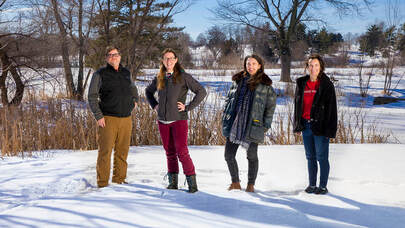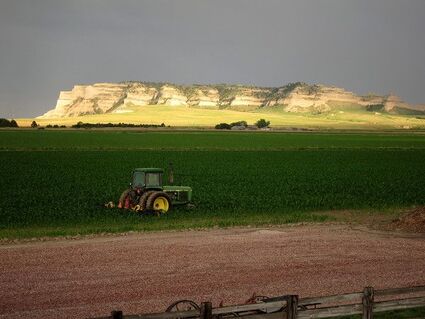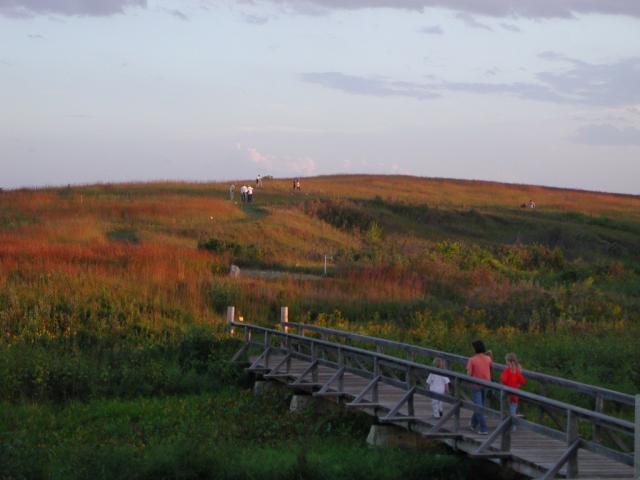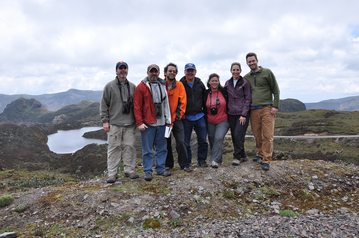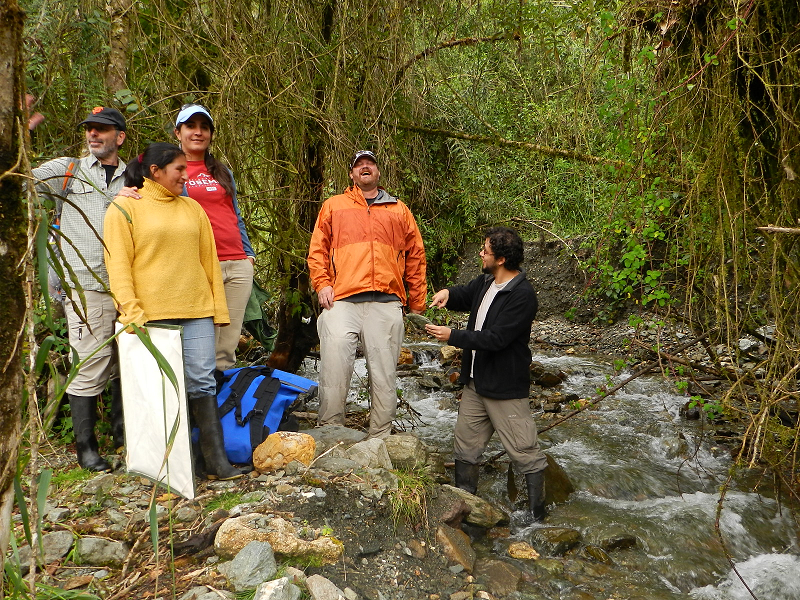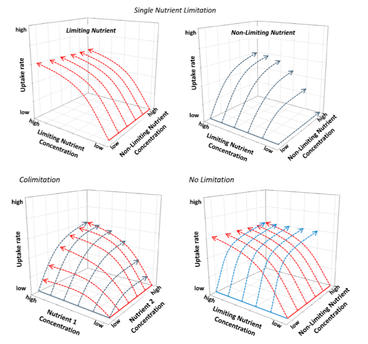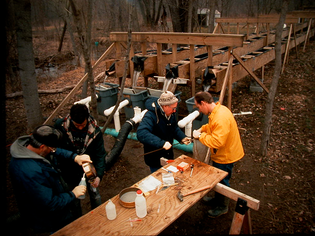Research
Our research focuses on the functional attributes of stream ecosystems, how community composition influences ecosystem function and how ecological and evolutionary processes interact. Much of our work focuses on the transport dynamics of various ecological entities (e.g. fine organic particles, nitrogen, phosphorus, organisms) and the potential for transport to longitudinally link ecosystems. Our efforts have expanded recently to examine community and evolutionary topics and to better understand the functional consequences of management activities (e.g. land use change, riparian and stream restoration, etc.). Although my research has focused on streams, I seek an understanding of these principles as generic processes active in all ecosystems. Brief summaries of past and current research activities are included below.
